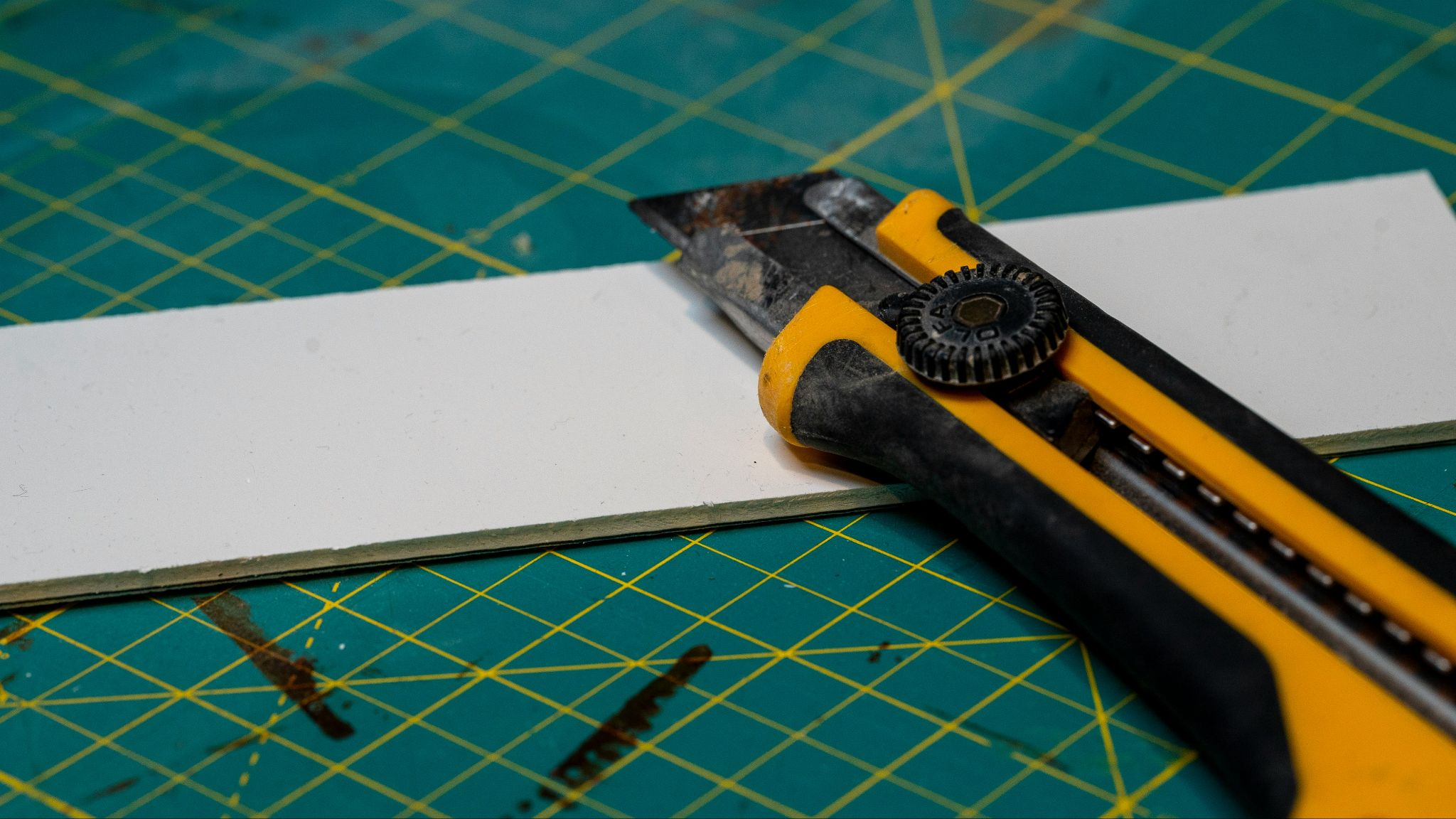Creating a home that is both energy-efficient and comfortable requires a lot of work. Waterproofing and insulation are very important for making a house work well. Together, they can make your home much better.
Waterproofing is important for keeping your home dry. This means using methods and materials to stop water from getting into important parts of your house. Waterproofing keeps basements, foundations, and exterior walls dry, which reduces the risk of mold, mildew, or structural damage.
This article explains how waterproofing and rigid foam board insulation work together to maximize home efficiency. So, keep on reading to find out more information below about using the right building supplies and waterproofing.
Why You Should Use Waterproofing?
Waterproofing helps prevent mold and mildew from growing. Mold can cause health problems and damage building materials, making effective waterproofing crucial for maintaining a healthy indoor environment.
Moisture infiltration can weaken structural components such as foundations and walls. Waterproofing protects these elements, reducing the risk of structural damage and costly repairs.
With reduced moisture, the indoor air quality improves. This makes your home more comfortable and healthier, minimizing issues related to dampness and poor air quality.
Common Waterproofing Techniques
Here are some common waterproofing techniques:
- This method involves applying membranes, coatings, or sealants to the outside of foundations and walls to stop water from getting in.
- Techniques include using sealants on interior surfaces and installing drainage systems to manage water that has already penetrated.
- French drains and sump pumps are used to divert water away from foundations, preventing it from accumulating and causing damage.
Benefits of Using Rigid Foam Board Insulation
Rigid foam insulation board has a high R-value per inch and is very resistant to heat loss. This helps keep indoor temperatures stable and reduces the need for excessive heating and cooling.
Many rigid foam boards are resistant to moisture absorption, which prevents them from becoming a source of moisture problems and keeps their insulation effectiveness over time.
These boards are durable and resistant to damage from pests, mold, and physical wear. They can withstand the demands of construction and provide long-lasting performance.
Benefits Complementary
Here are some further benefits of waterproofing:
- Waterproofing and rigid foam board insulation work together to improve home efficiency by addressing both moisture management and thermal performance. Here is how they go together:
- Waterproofing prevents moisture from entering the structure, while rigid foam board insulation provides effective thermal resistance. Together, they make a barrier that prevents water damage and heat loss, which makes the home use less energy.
- By reducing moisture infiltration and improving insulation, these measures contribute to a more comfortable indoor environment. Waterproofing keeps walls and foundations dry, while insulation maintains consistent indoor temperatures, reducing drafts and enhancing comfort.
- Waterproofing and insulation help heating and cooling systems work more efficiently. With less heat loss and fewer moisture-related issues, your HVAC system works more efficiently, leading to lower energy bills and a reduced carbon footprint.
Conclusion
Home efficiency is about managing moisture and heat. Waterproofing and rigid foam board insulation play important roles in this process, offering benefits that enhance the overall performance of your home.

